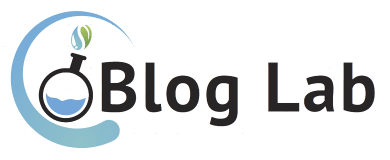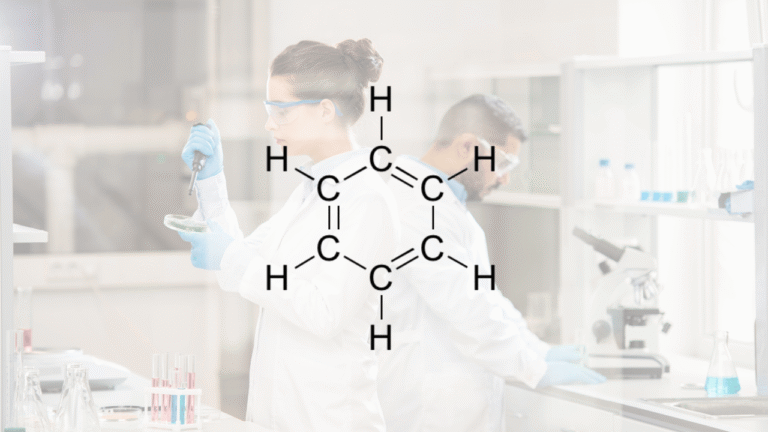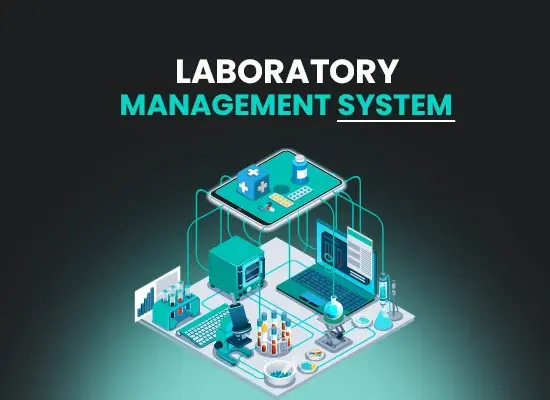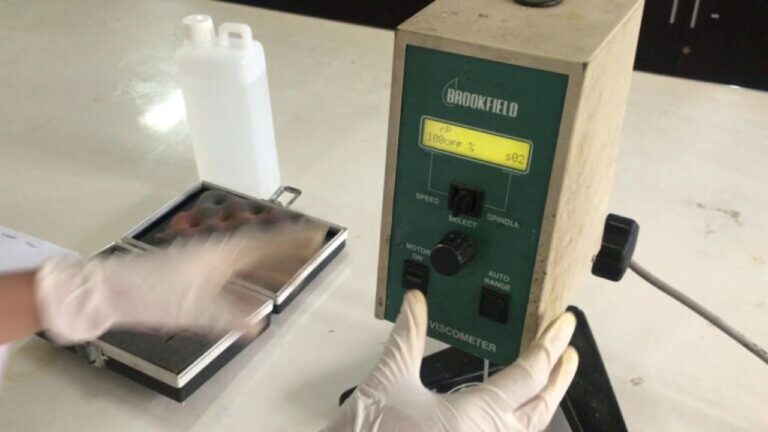The Biological and Functions Laboratories.
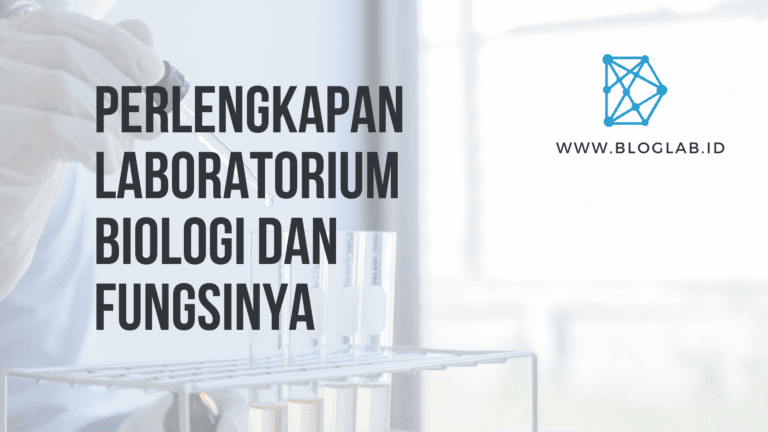
Are you setting up a biology lab? Well this article may help you when you want to assemble Biological lab equipment. Whatever tools it might need to set up a biology lab. And for that, you read well. Here are some of the list of biological lab equipment and their own tool functions.
Biological lab list
Here's some kind of a list of biological lab tools, among them as follows:
1. The microscope
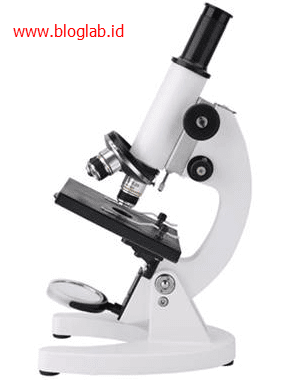
The microscope is a tool used to see and observe very small things that can't be seen with the naked eye. The word microscope comes from Latin, which is "micro" which means small and "scopein" meaning look. Small objects are seen by increasing the shadow size of objects to many times. Shadows of objects can be raised 40 times, 100 times, 400 times, even 1000 times, and the reachable enlargement increases as technology progresses. The study of very small objects uses a microscope called a microscope. This microscope was invented by Anthony Van LeeWenhoek, and it helped the researchers and scientists to observe microscopic objects.
Microscope Function
The microscope has the following function:
- The primary function is to look and observe things with very small sizes that can't be seen with the naked eye.
- Another function of the microscope would still be rooted in the main fugti, the difference is that some kind of microscope is made for more detailed functions, for example there is a type of microscope made only to observe one kind of microscopic object.
-Part of the microscope
Here are some of the microscopes between them as follows:
- A buffer or some Alas, made of metal heavy enough to hold all the tools on it.
- Repressor, along with a microscopic base forming a microscope frame. In an old microscope, a hinged enforcer with a base so it can be moved to regulate the slant tilt and the body attached to it. If you fear that you will not be able to treat the unbelievers. In addition to the enforcers there are also condensers, diaphragm, and filter clamps. In a brand-new microscope, the enforcer cannot be changed the position of the tubs made corner and equipped with prism in it. These are the signs of God.
- Tubus, attached to the enforcer. In this section there's an array of lens-forming shadows. At the bottom of the bottom of the tubular, there's a pile of objective lenses attached to the lens-objective lens of some measure of enlarged power. On the top of the tubs there's an ocular lens.
- A saji table, a flat table made of metal and a desserter or a pair of tray mowers.
- The slider or the clamp, the function is to clamp the window and move the fast glass to get the desired historical image.
- It's a condenser, it's a guidance lens and a light regulator that's under the table.
- Diaphragm, which is a lot of regulator, at least light will be passed to the lens.
- Filter, light filter available only a blue filter. The other filters are only required for photomichrographs that will not be deciphered again.
- Mirror or light-source light, on an old microscope there are two faces. One face is a congenital mirror, used to reflect unaligned light mirror files, and the other is a flat mirror used to reflect parallel light beams.
- Objective Lenses
- Ocular Lens
- Ocjective lens seat
- Great and delicate focus-proofers, with a twist button that usually lies apart in an old microscope and blends in a new microscope.
Microscope usage tips
Here are things to be noticed when using a microscope, among these:
- The microscope must be kept in a state of cold, dry, dust-free and free of acid and base vapor. The proper adjustment is a microscope box equipped with a silica gel, which is higroscopic, so the environment around the microscope is not damp. In addition, it can also be placed in a closet given lights to prevent the growth of fungi, or like this picture.
- Non-optic microscope, made of metal or plastic, can be cleaned using fanel cloth. To clean the dust tucked in a microscope, a small brush or a microscope brush that was specifically equipped with a camera is a microscope can be used.
- The microscope lenses are cleared using 70% of the alcohol-given tissue. Never clean lenses with handkerchief or cloth.
- The immersion oil left in objective lenses can be cleaned with xylol (xylene). In the use of xylol must be careful, don't let the xylol fluid stick to a nonoptic microscope, because it will damage the paint or damage the plastic material, and it will also not use this solution to other lenses unless the producer's status that the actions are safe.
- Before saving a microscope, always clean up the microscope, especially releasing all the immersed oil on the surface of the lens, so fine particles don't stick and clot and dry. Oil and fine particles in the lens can blur and cause scratches. It reduces the ability of the lens. The preparations left on the microscope table are a clear sign of the decline.
- Before saving the microscope, the microscope table was set up again and the objective lens was removed from the prematurely table by turning the movers into the original position, the condenser was taken down again, the lights shrunk its intensity and then turned off.
2. Thermometer
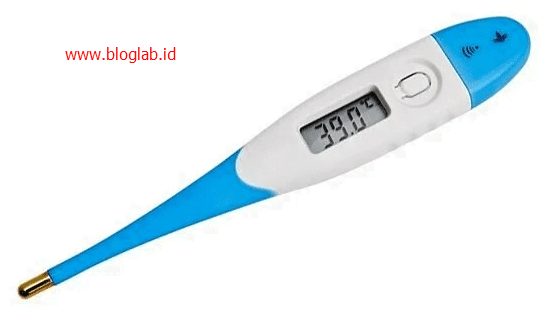
Thermometer is a device for measuring heat or temperature. In general, thermometer is made of glass tubes filled with thermometric fluid. Thermometer comes from a Latin thermo, which means heat, and meters, which means measuring. Thermometric fluid is a fluid that easily changes physically if heated or cooled, for example mercury and alcohol.
Thermometer Function
Here are the types of thermometer in its function:
- Clinical thermometer is also called a body thermometer. This thermometer is used to measure the patient's body temperature. The fluid used to fill clinical thermometer is mercury.
- Wall thermometer is also called a thermometer of scale range. This thermometer uses Mercury as a charger. It's usually installed on the wall in a vertical position.
- Maximum thermometer minimum. This thermometer is used to measure the highest temperatures and lowest temperatures somewhere. It can measure maximum temperature and minimum at once.
- The lab thermometer. This thermometer was used for practical equipment in the lab. It's a long pipe with red alcohol filling.
- Industrial thermometer. Industrial thermometer used for industrial activity
- The thermometer is the thermometer used to measure room temperature.
How to treat a thermometer
In order for the thermometer that we have to last, special care is required. Things that need to be noticed among other things:
- Watch the surface of the thermometer glass. Once used, immediately clean the glass of excrement or sediment that might stick with the cloth. Rub the cloth slowly.
- Keep the thermometer as soon as it's used in the storage container. Before saving, the thermometer must be cooled first. Keep the thermometer in the locked storage closet.
- Check the thermometer state regularly, not to get anomalies on the thermometer.
3. Higrometer
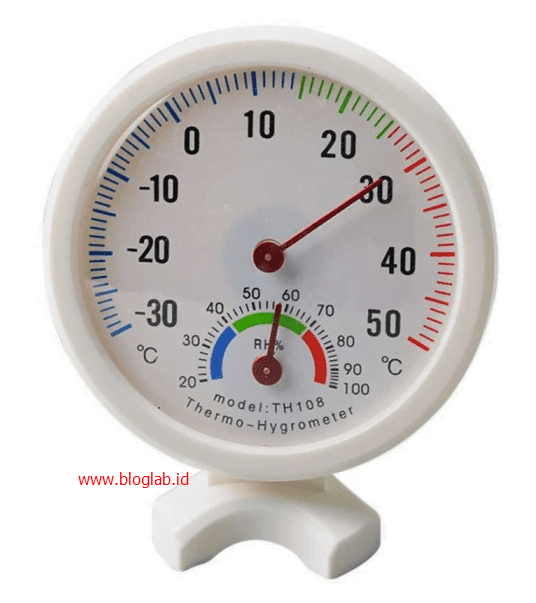
Higrometer is a sort of tool for measuring a relative humidity level somewhere. It's usually placed in a thrift container that requires humidity levels that are maintained like a camera's dry box. Low humidity will prevent the growth of fungi which is an enemy of equipment. The simple form of the hygrometer is specifically known as the psychrometer and it's made up of two thermometers, one of which is a dry tuber and one of which is a wet bulb stored to measure the wet temperature of the lamp.
Four. pH Meter
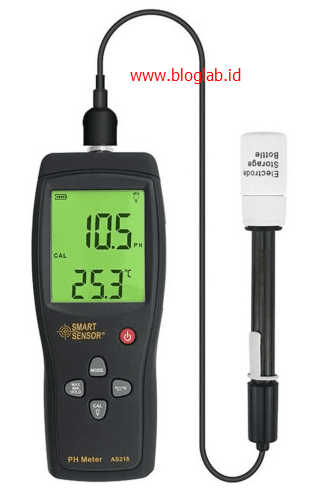
ph Meter is an electronic device used to measure the pH (acidity or alcalinational) fluid (although special probes sometimes are used to measure semis pH.)
The advantage of using pH meters in determining the acidity rate of a compound is:
- The use can repeat itself
- The measured pH value is relatively accurate
Meter pH usage tips
Here are the things to be concerned about when we're after buying digital pH meters. In this case we're talking about use and treatment:
- Wash the water before and after use it. Dip it in the water and stir it a few rounds and repeat it to three times. If there is no water distiler, use aqua or better TDS water zero. It's mainly used for corrosive and hard chemical solutions. And the solution is thick as honey.
- At the closing don't miss because it can touch pH sensors made of glass. I had a sensor that was damaged because it was closed so it was 100% wrong. Watch out for closure.
- Always insert pH into a plastic pH meter box. Although it doesn't matter but this box was designed to put pH in place. Safe if the box containing pH falls at 1 meter high.
- Digital pH meters are not for hard soil but for water though it can.
5. Lakmus Paper

Lakmus is a paper of chemicals that will change color if dipped in acid / base solution. The generated color is profoundly influenced by pH levels in existing solutions. Lakmus paper color in larytan acid, base drytan, and the solution is different neutral. There are two types of duct tape, red duct tape and blue laxmus. The nature of each lacmus paper follows.
- Red Lakmus in red acid solution and in blue base solution and in neutral red solution.
- Blue Lakmus in red acid solution and in blue base solution and in neutral solution in blue.
- Red methyl in red acid solution and in yellow base solution and in neutral solution in yellow.
- The orange methyl in the red acid solution and in the yellow base solution and in the neutral solution in yellow.
- Fenolftalin in colored acid solution - and in colourful base solution and in colorful neutral solution.
Six. Petri chalice
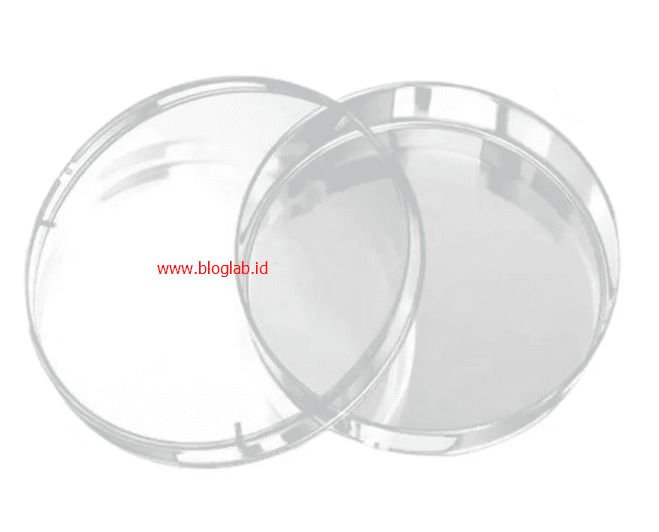
Petri Cup was created by Julius Richard Petri, a German bacterium / microbiology in 1852. The Petri Cup term itself was taken from its last name. Petri chalice or so-called petri dish is one of the most widely used equipment in the biology lab.
The petri dish function itself is used for breeding cells, bacteria, or yeast where the petri dish was previously filled with growth media according to bacteria or cells you wanted to grow.
The Petri chalice itself can be made of glass or plastic equipped with a lid. In terms of the Petri Cup shape, this is a round and shallow container. One of the brands of the petri dish often used was Normax. If you have trouble finding a petri dish salesman, please call us, we'll be happy to help.
Petri Cup Function
Petri Cup functions, among them are as follows:
- For breeding bacteria in microbiology labs
- As a place to weigh materials
- To dry the sample material
Seven. Reaction tube
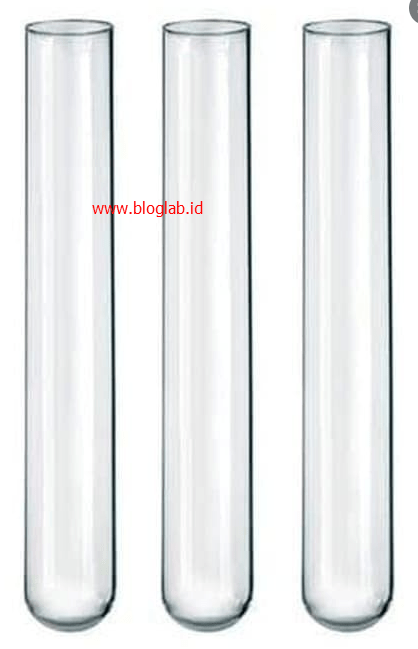
The reaction tube is a tube made of a type of glass or plastic that can withstand temperature change and is resistant to chemical reactions. There's a reaction tube that's equipped with a lid, and there's one without a lid. It's made up of different sizes depending on needs. The reaction tube is also called a test tube or a culture tube. Culture tubes are lip reactions used for microorganisms in liquid media.
Reaction tube Function
The reaction tube function among others is:
- As a place to react chemicals
- To do chemical reactions on a small scale
- As a microbial growth in liquid media
Reaction tube usage tips
Things that need to be noticed:
The reaction tube is used to mix or heat small amounts of matter, insert a substance that will be mixed or heated slowly and not simultaneously, so no bubbles. Wash with the designated detergent. Must be placed in a fussy and unhumid place, to avoid growing fungi on test tubes.
Eight. Reaction tube rack
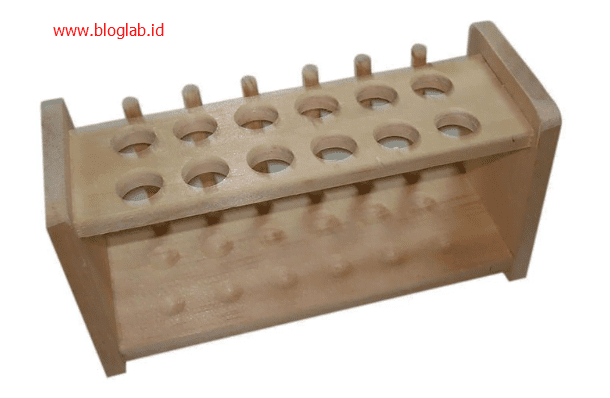
The test tube rack is made of wood and has 12 holes for the test tube storage. This shelf is 20 centimeters by 10 centimeters. On some sides there are six wooden bars that serve as a test tube when drained. So the test tube doesn't slip while stored on the shelf, then on the bottom of the shelf there's basin 12 basin, so the tube position of the reaction when stored is not easily slipped.
Reaction Shelter Function
The function is as follows:
- Saving test tube
- Dry the test tube
- Keep the test tube from molding..
Nine. Erlenmeyer
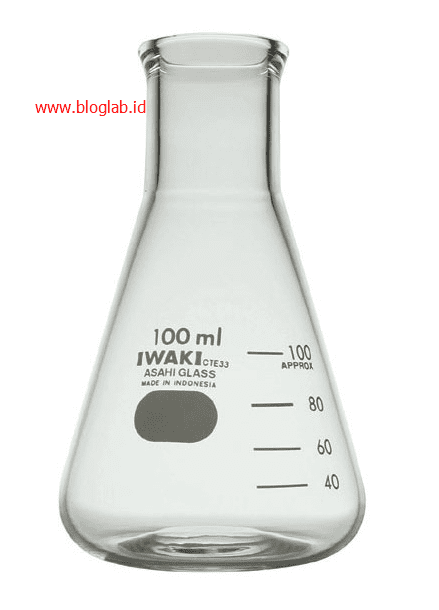
Erlenmeyer's place is making solution. In making an erlenmeyer solution that's always been used.
10. Pumpkin destilation
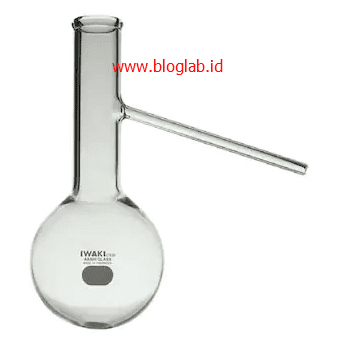
Pumpkin destilation for solution destilation. On the top there's a rubber cover with a hole as a thermometer.
11.
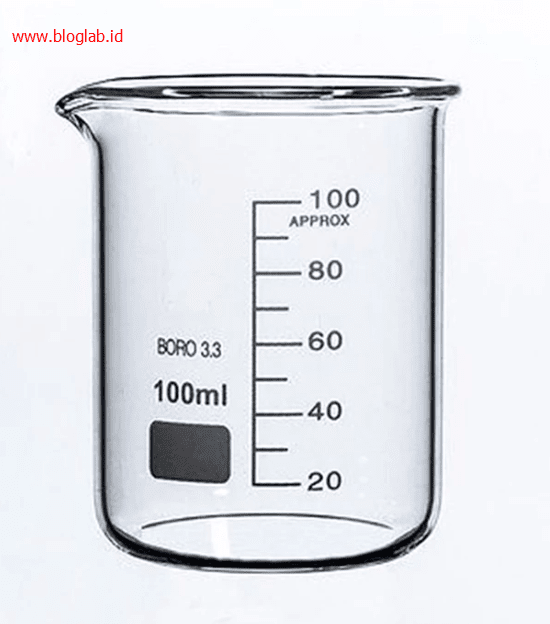
A place to store and make a solution. Beaker glass has a measure but rarely even allowed to measure the volume of a siar.
12

The funnel is divided into two kinds of funnel that uses rubber or plastic and funnel that uses glasses. Corong is used to insert or move the solution from one place to another and also to process filtering after it's been given its sailing papers at the top.
13. Funnel Butcher
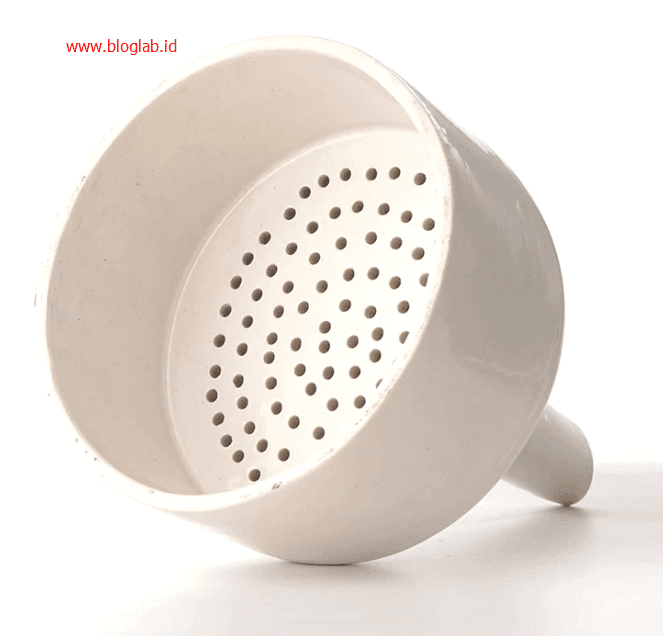
Filter solution with the help of vacuum pumps.
14. Buret
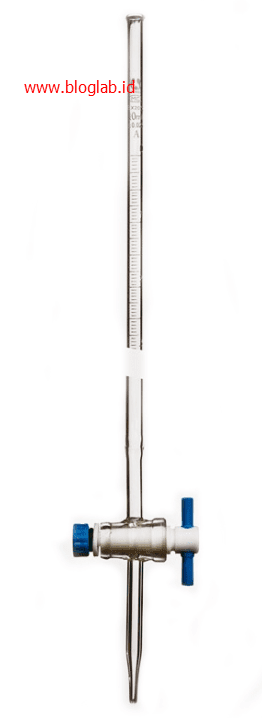
Used for titrals, but in certain circumstances it can also be used to bind the volume of a solution.
15. Corong separated

To separate two non-mixed solution due to a kind of mass difference. Separation funnels are used during extraction.
16. Pumpkin measure neck length
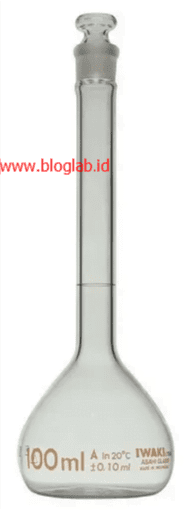
To create and or dilute a solution with high precision.
17. Measure glass
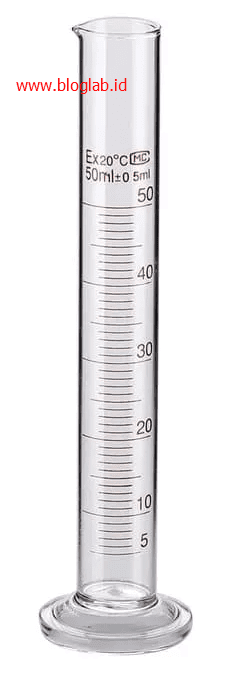
To measure the volume of the solution. At the time of practice with high precision the measuring glass is not allowed to measure the volume of solution. The measurement of high precision is done using the volume pipeline.
18. Condensor
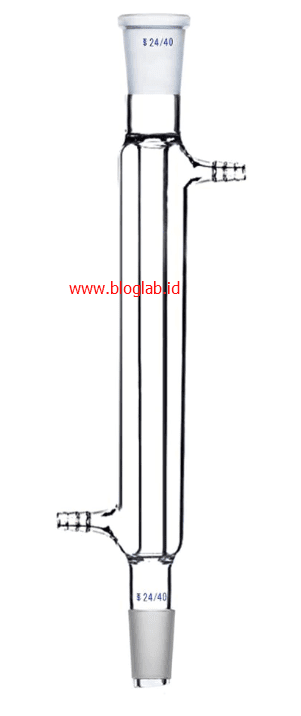
For destilation of solution. The hole under where the water comes in, the hole at which the water comes out.
19. Filler.
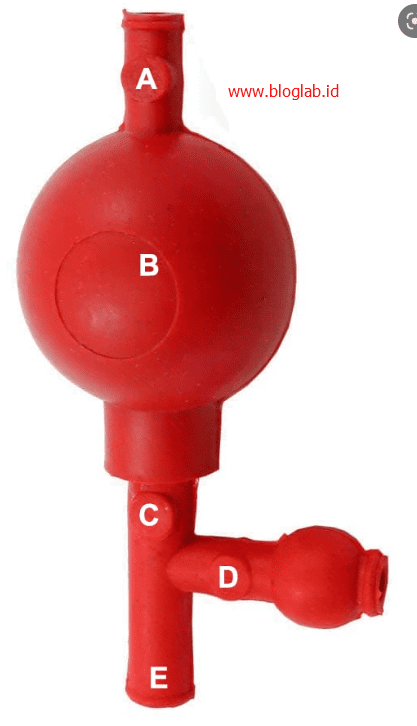
To suck that solution going from a solution bottle. For a solution other than water it would be better to use a caret that has been attached to a quantile.
20. Measure pellets

To measure the volume of the solution.
21. Volume pick or muzzle or volume pail

Used to take a solution with a specific volume according to the label that is listed in parts in the bloated section.
22.
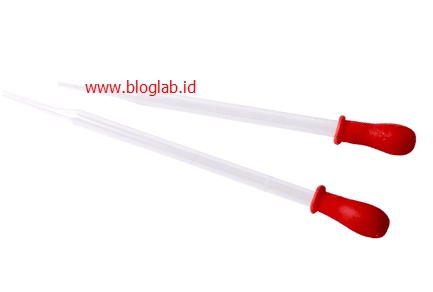
To shed or take a small amount of solution.
23. Sticker
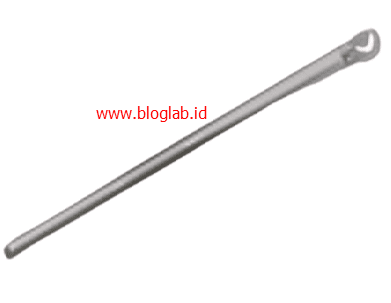
To shuffle or stir a good will be reacquaint whenever a temporary reaction takes place.
24. Reaction tube
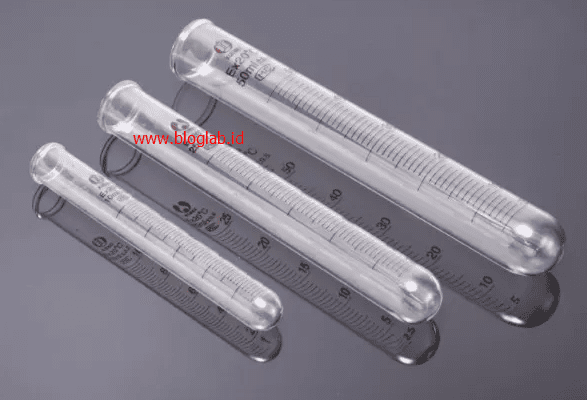
To react two or more substances.
25. Plastic spatula and metal
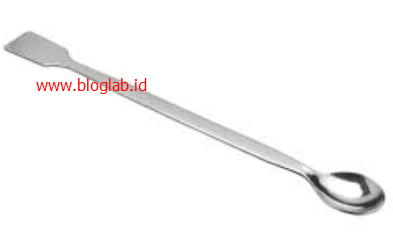
To pick up chemicals in solids, for example in crystal. For substances that react with metal used plastic spatula whereas zat@@
26. Nicrom Wire
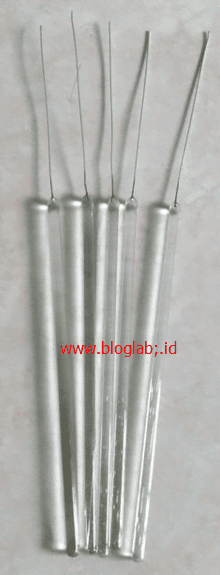
Nicrom wire to test the flame of some substance.
27. A capillary pipe or a capillary glass
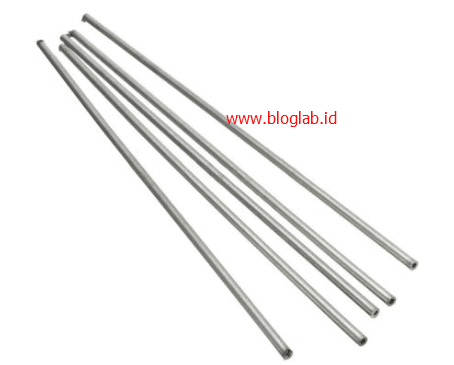
To channel the gas to a specific place and use it in determining the melting point of a substance.
28. Deaator
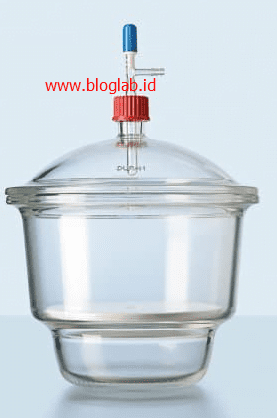
To store materials that have to be waterfree and dry out the substances in the lab. It's known for two types of deaductor, which is ordinary deactor and vacuum deactor.
29. universal indicator
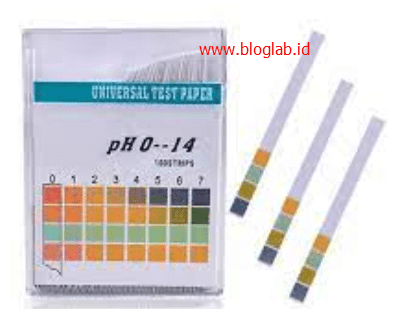
For identification of a solution. The method: after universal indicators are dipped in matching colors that are on the universal paper box.
30. Glass watches
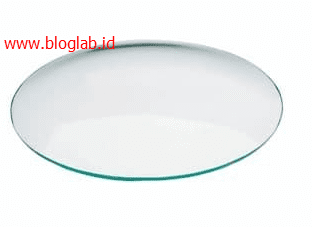
- In closing when warming a chemical
- To weigh the chemicals
- To dry up a material in a deacon.
31. Hot hands
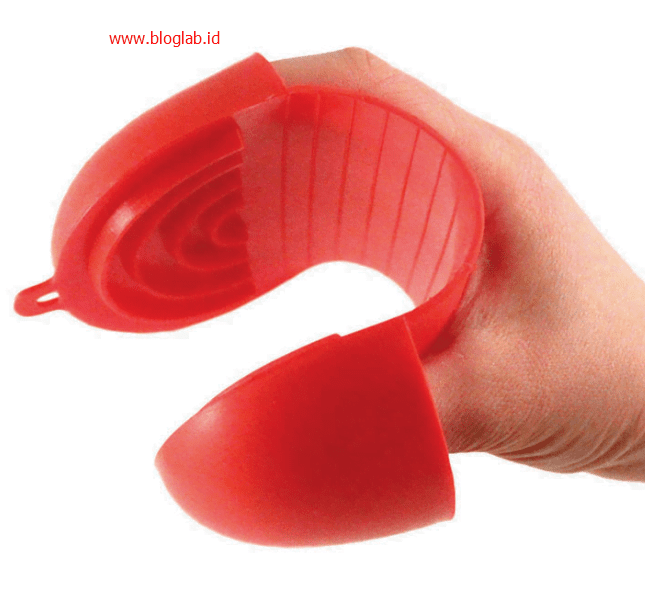
To hold the glass equipment still in heat.
32. Paper filter
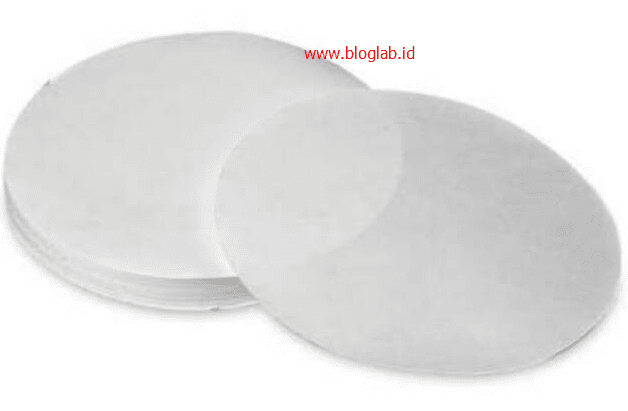
To filter the solution.
33. Third foot
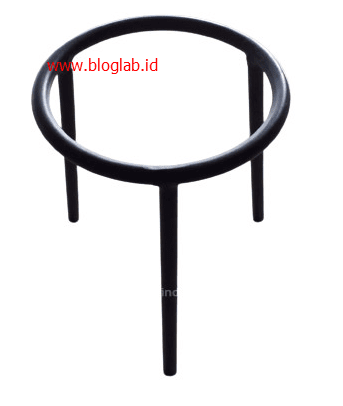
Third leg as a gurus burner buffer.
34. Casa wire
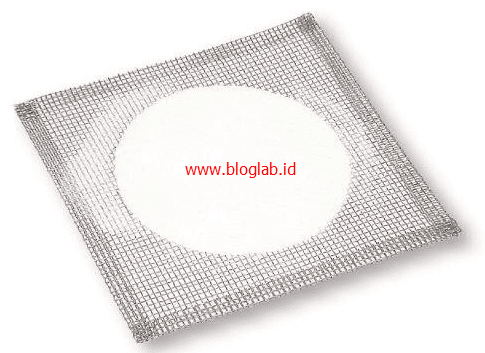
As a basis or to hold the pumpkin or beaker during heating using a spiritus heater or bunsen heater
35. Clamp

To clamp the test tube.
36. Stirer and stem
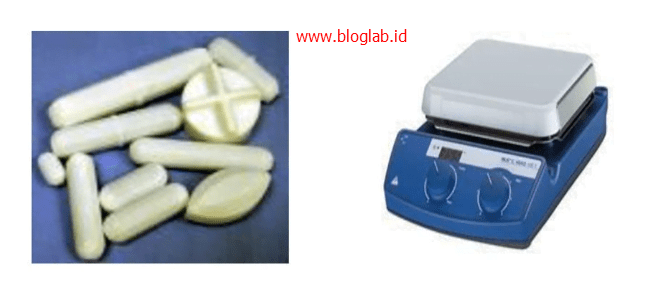
Magnetic stickers. To stir the solution. The magnetic rods are placed in the solution then connected with the electrical current then automatically the magnetic rods of the stirer will rotate.
37. Mortal and Pastle
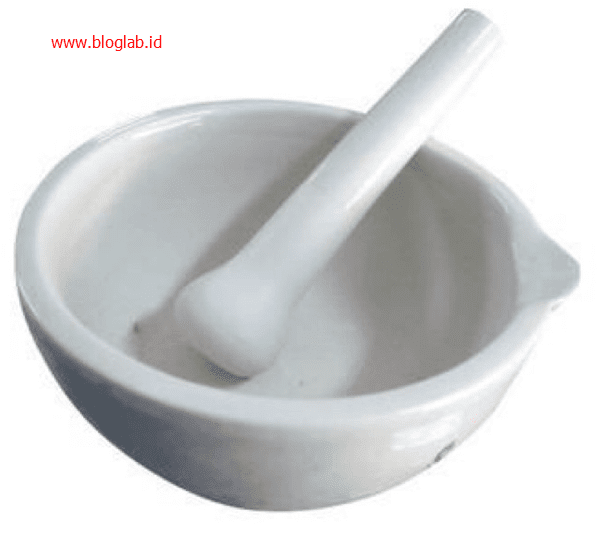
Flushing the substance of each one is crystal solid.
38. Krusibel
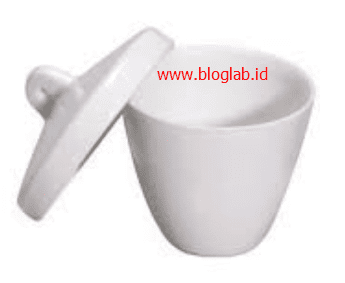
It's made of superfluous inert, used to heat metal.
39. Evaporating dish
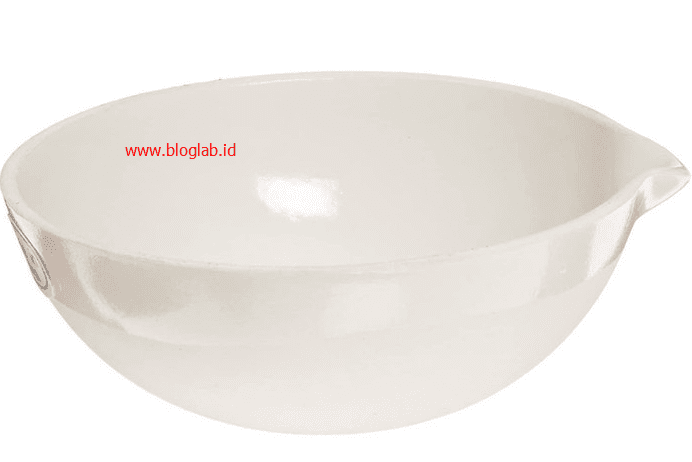
Used as a vessel. Like the evaporation of a solution from a material that is not volatile.
40. Klem and static
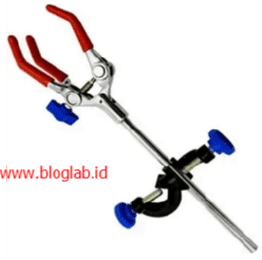
As a clamp, for example to clamp the soklet on the extraction process, pinching the buret in the title process, to clamp the condenser on the destilation process.
41. Ring
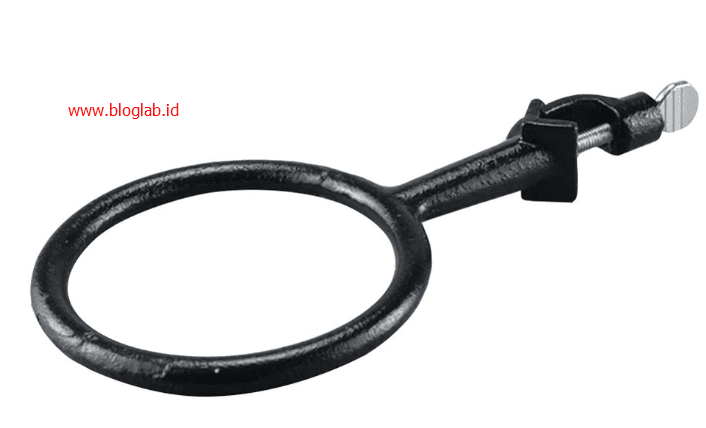
To clamp the funnel in segregation and to put a funnel in the graft process.
42. Clay Triangle
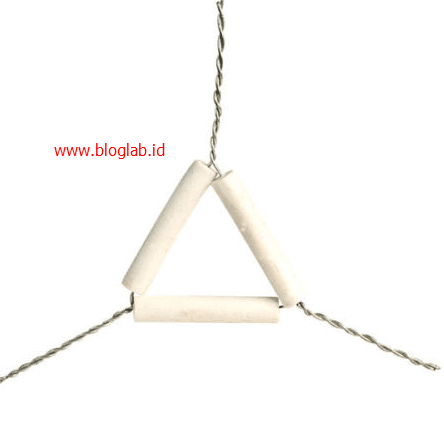
To hold the container, for example kurus at times of warming or funnel at filtering time.
43. Safety glasses
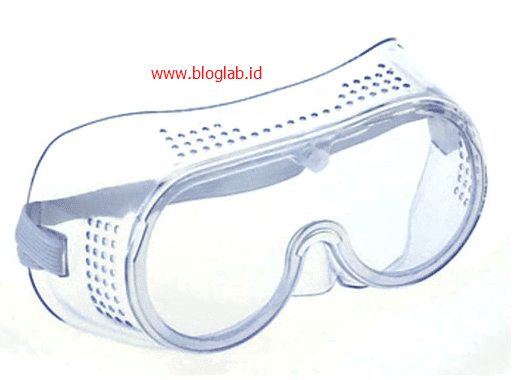
To protect the eye from the material that causes irritation. And protect against sparks, metal vapor, dust dust, fog and zat@@2SO4.
44. Spiritus heater
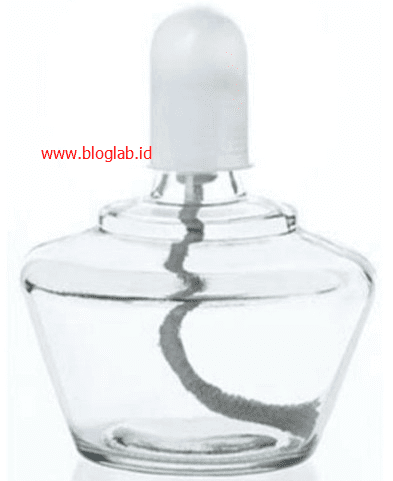
To burn the substance or heat the solution.
45. Masks or bunsen burners
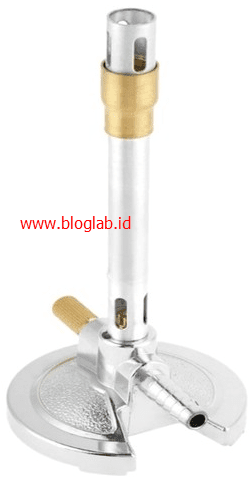
To heat the solution and be able to sterilize in the process.
46. Hot plate
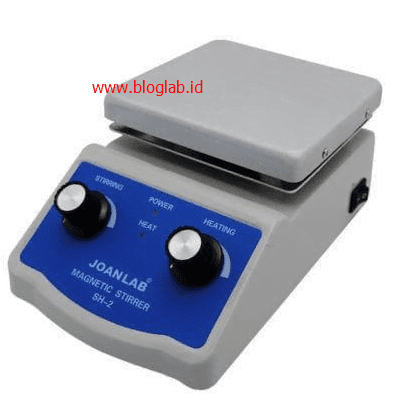
To heat the solution. Usually for flammable solution.
47. Oven
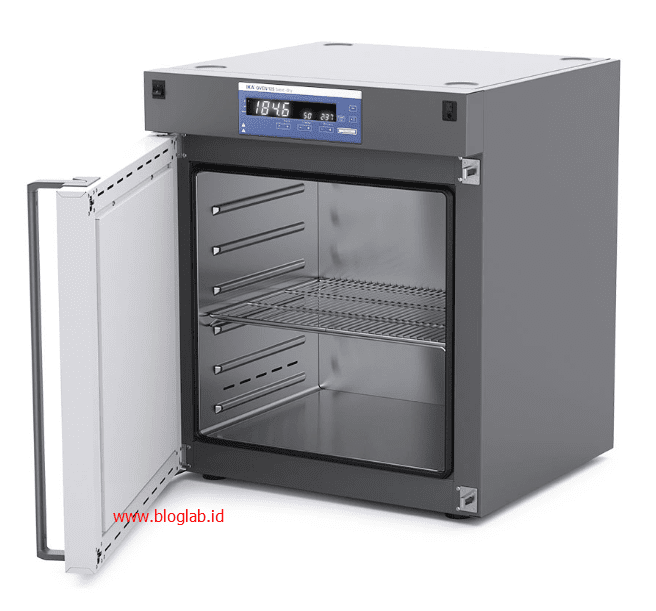
To dry tools before being used and used to dry material that is in a wet state.
48. Tanur
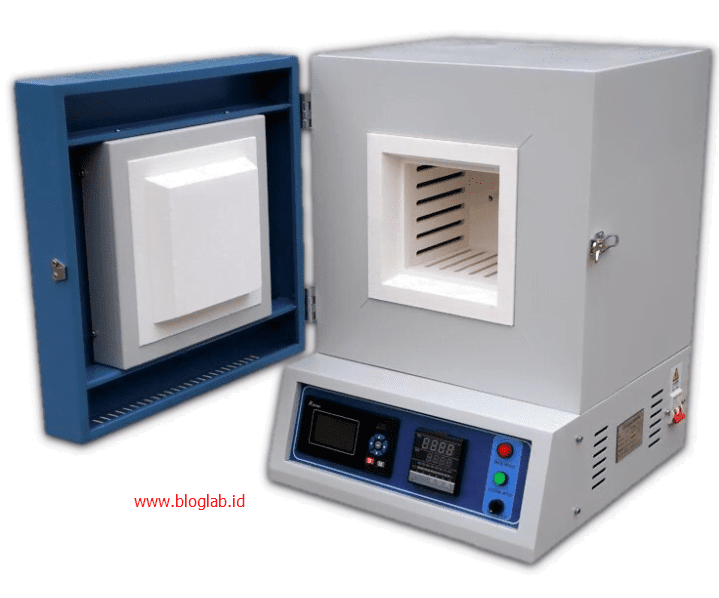
Used as a high temperature heater, about 1000 ° C
49. Incubator
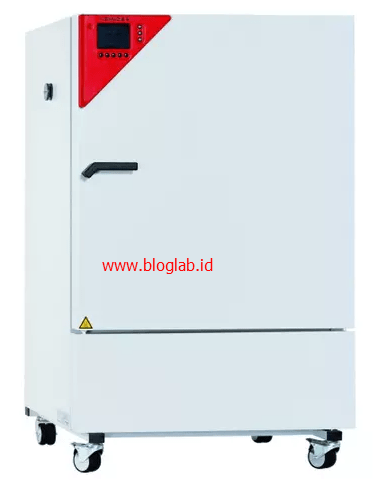
Used for fermentation and growing media in microbiology testing.
Now that's some sort of biological lab equipment if you want to set up a lab at least the device the admin mentioned upstairs is available in your lab. And here for those of you who want to buy all kinds of laboratory equipment you can visit a website that provides the most complete lab tools that are only at PT. ENVIVE TEKNOLOGY INDONESAI.
